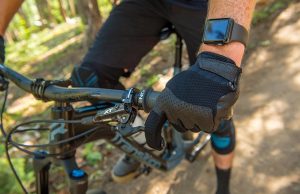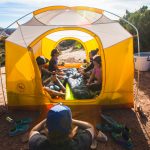The bikepacking trend is taking over the world and for good reason. It’s a way to have fun while exploring new places on your bicycle.
In this article, we will give you some tips on how to choose your next set of bikepacking bags so that they’re perfect for whatever adventure you’re embarking on.

Table of Contents
What is a Bike bag?
A bike bag is any type of luggage that attaches to your bicycle frame. They are usually made out of fabric, and they can be found in many different sizes depending on how much you want to carry with you during the ride.
The bags come attached together by a bar system which allows them to swing around when not loaded down or while moving.

Different Types of Bike Bags
There are many different types of bike bags on the market, but some of them can be more versatile than others. Here are just a few examples:
- Large Seat Bags – These seat bags will fit higher up on your seat post or behind it and they’re usually very large in size to accommodate lots of gear for long trips. They also have the ability to fit a hydration pack inside of them.
- Saddle Bags – If you have an extra seat post on your bike, then saddlebags are great for attaching right in front where they’re easily accessible and visible during rides. They tend to be waterproof as well which is very important when it comes time for packing up before hitting the road.
- Handlebar Bags – These are the perfect bags for shorter trips. They attach to your handlebars with clasps and can be easily removed when you reach your destination so you can lock up your bike.
- Top Tube Bags – These bags fit right on top of your bike’s frame and can usually be found in smaller sizes. They’re great for snacks, a camera, or other items that you might need to access very quickly.
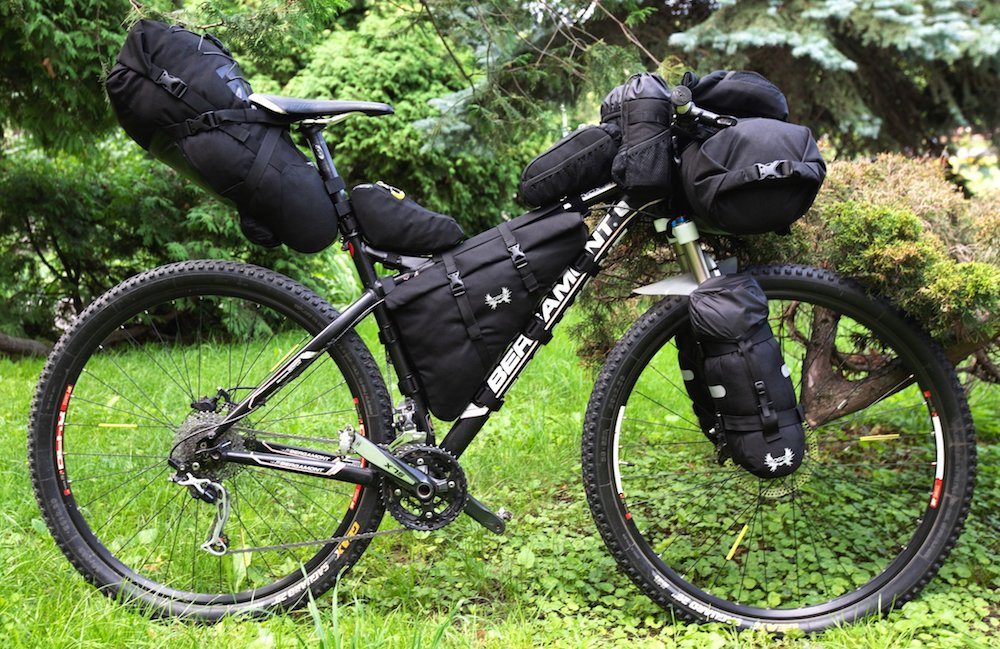
- Tool Bags – If you’re the kind of person who likes to go out on long rides with friends or family, then a tool bag is exactly what you need to keep everyone in good spirits when they have to wait for your slow self! They can attach right under your seat and hold everything from spare tubes, tools, snacks, and even a water bottle.
- Frame Bags – These are the most versatile of all bike bags because they can attach to any part of your frame, including inside where there’s usually more space. They’re also the least visible which is perfect for those who want to keep a low profile while biking in big cities.
- Cargo Cage Bags – If you don’t want to carry your bike bags on your frame, then cargo cage bags are a great option. You can attach them to your bike’s rear rack and they will stay there as you ride. They come in a wide range of sizes so that you can carry anything from a water bottle to a tent and everything in between.
- Panniers – If you’ve ever seen a bicycle with two bags on either side, then those are called panniers. This type of bike bag is usually used for commuting or biking long distances as opposed to mountain biking or other types of cycling.
- Trailer Bags – If you want to bring a lot of gear with you on your bike, then attaching a trailer bag is one of the easiest ways to do it. They attach right onto your bicycle’s rear wheel so that they won’t affect your steering ability or speed during rides.
Now that we’ve gone over a few of the most popular kinds of bike bags, let’s take a look at what you should keep in mind when trying to pick out your next set.

Bike Bag Accessories and Futures
When you’re looking for bike bags, make sure that there are some accessories included that can help your packing experience go more smoothly. Some of the most common add-ons you’ll see include:
- Rain Covers – It’s always a good idea to have these on hand just in case you get caught out in a storm. They’re usually made from the same fabric as the bags themselves, so they’re easy to attach and won’t get in your way when it’s time to ride.
- Attachable Clasps – These are perfect for making sure that your bags never fall off during a ride. They’re usually very sturdy and made from metal so they can attach to any type of bike.
- Ice Axe Loops – If you’re planning on going out biking in the mountains, then it’s a good idea to get bags that have loops on them for an ice ax. You can attach your ski poles there too if you don’t want to carry them in your hands.
- Rack Stabilizers – If you have a rear rack on your bike, then you’ll want to make sure that the bags come with some stabilizers. They go inside of the bag and keep it in place while you ride. This is especially important with large seat bags because they can sometimes shift around or be difficult to remove at your destination.
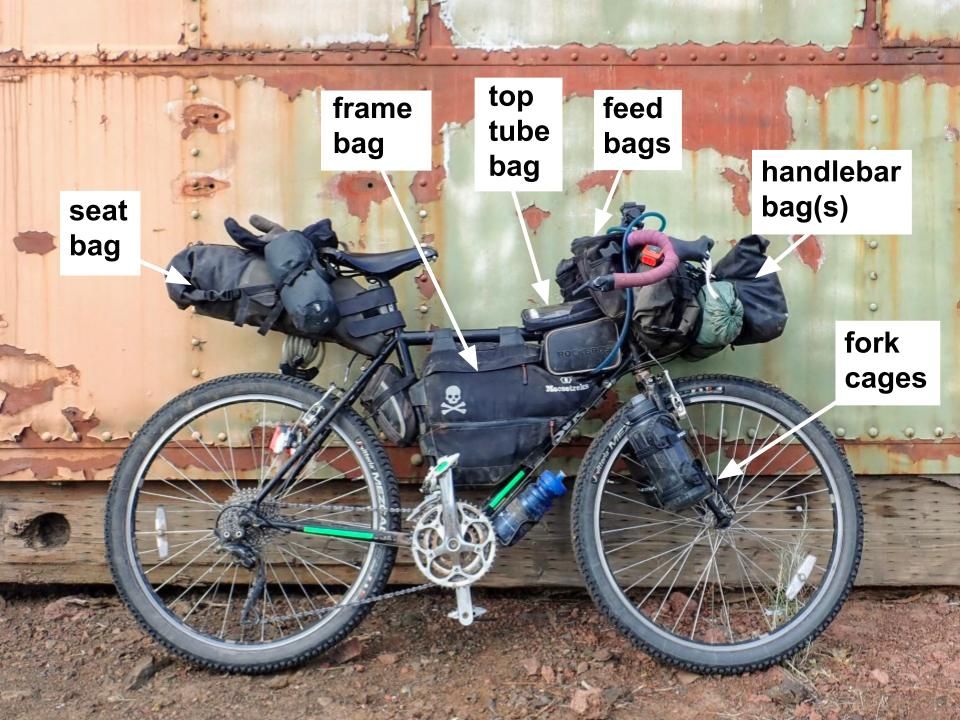
- Waterproofing – It’s always best to get bags that are 100% waterproof so you don’t have to worry about your snacks, camera, or other items getting wet if you run into bad weather.
- Hooks and Loops – These are perfect for keeping the bags attached to your bike and they keep everything secure while you’re riding.
- Organization – Bags with pockets and mesh pouches are great for keeping all of your items in one place. It’s also really helpful if you get bike bags that have different compartments since then it’s easier to keep your snacks, water bottles, and other items separated.
- Padded Lining – This is a great feature for bike bags because it protects your items against any damage.
- Rigid Inserts – If you want a very lightweight bag, then you’ll want to look for one that has rigid inserts. These can be bulky, so they’re not always recommended for bike bags.
- Mounting System – You’ll want to make sure that the bike bags you choose have a good mounting system because this will ensure that they stay in place while you’re riding.
- Handle – This is an ideal feature for bike bags because it allows you to carry them around with ease. It’s also great if they detach from your bike rack, since then you’ll be able to hold your bike bags while you’re off the road.
- Pockets – You’ll want to make sure that any bike bag you choose has zippered and mesh pockets to help you keep your items secure and organized.
- Colors – You’ll also want to think about the color of the bike bags you’re interested in because this can affect how well they match your bike.

Material
You’ll want to make sure that the bag’s material is durable and easy to clean if it gets dirty on your ride. It should also be lightweight so that it doesn’t add much to your bike’s overall weight. Some of the most common materials you’ll see:
- Cordura – This is a type of nylon fabric that’s extremely durable and ideal for cyclists. It’s also resistant to abrasions, water, and mildew.
- Nylon – This is a type of fabric that’s very lightweight because it doesn’t stretch like other types of materials. It’s also very durable and flexible which makes it easy to store when you’re not using your bike bags.
- Vinyl – This is a great fabric for bike bags because it’s waterproof and doesn’t easily tear. It also absorbs vibrations which ease the strain on your bike’s frame.
- PVC – This is a type of plastic that can be recycled and it doesn’t absorb moisture so you don’t have to worry about it rusting or corroding your bike.
- Cotton – If you’re looking for a natural material that’s very breathable, then cotton is a great option. However, it’s not waterproof and can be heavy so it isn’t ideal for cyclists who want to keep their bike as light as possible.
- Polyester – This is a synthetic fabric that’s very lightweight and durable, making it perfect for cyclists who need bike bags that can stand up to lots of wear and tear.
- Leather – This is a traditional material for bike bags because it’s durable, waterproof, and has a classic look. It also doesn’t absorb moisture as some other materials do so you don’t have to worry about your bike rusting or corroding.
- Polyurethane – This is a synthetic fabric that’s waterproof, lightweight, and extremely durable. It can also absorb vibrations and reduce the strain on your bike’s frame.
- Nylon Ripstop – If you want a very durable fabric that can resist tears, then this is the ideal choice for you.
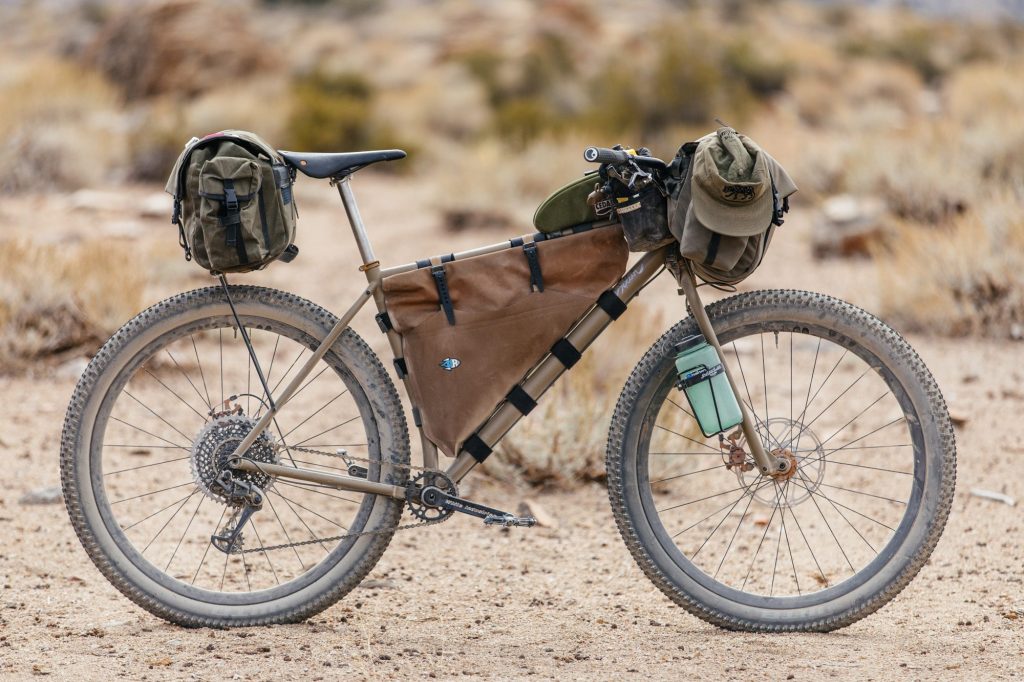
Volume
You’ll want to think about how much you can carry in your bike bags before purchasing them. If you’re only going on a short trip, then you won’t need very big bike bags.
However, if you’re planning on doing a longer trip or storing extra equipment when not in use, then you’ll need bike bags that can hold a lot of items.
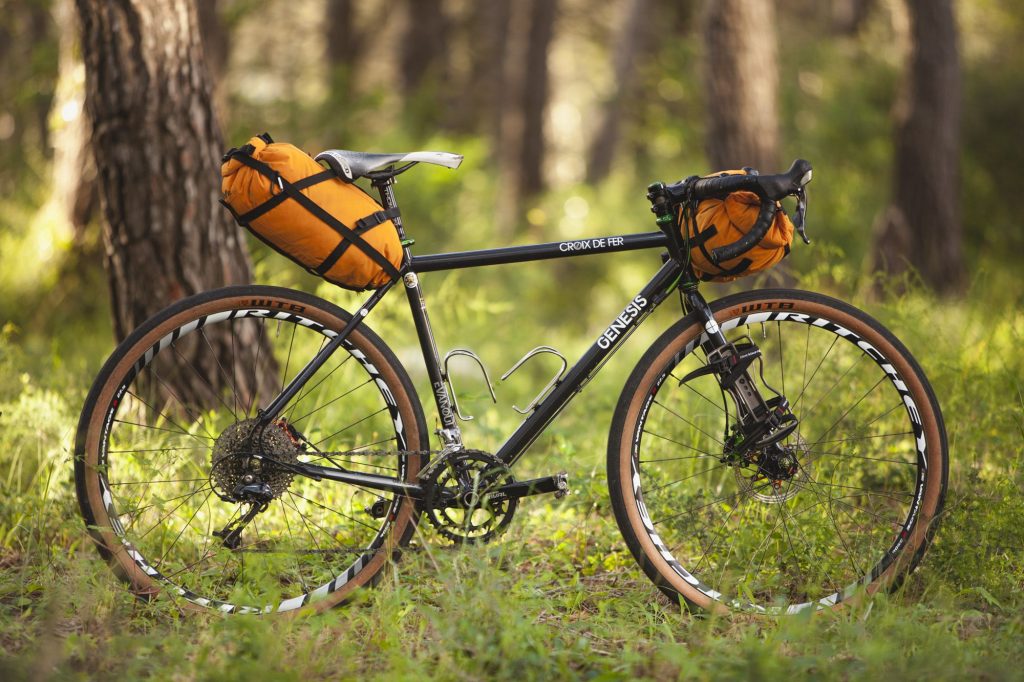
Dimensions
It’s also important to consider the dimensions and capacity of the bike bags you’re interested in. If they don’t fit on your bike’s rack, then it won’t matter how big or small they are because they won’t be useful to you.
Weight
The weight of the bike bags you’re interested in is also important to consider because your overall weight will affect how quickly and easily you can travel.
The lighter your load, the easier it’ll be for you to cycle so look for lightweight materials such as nylon or polyester if possible.
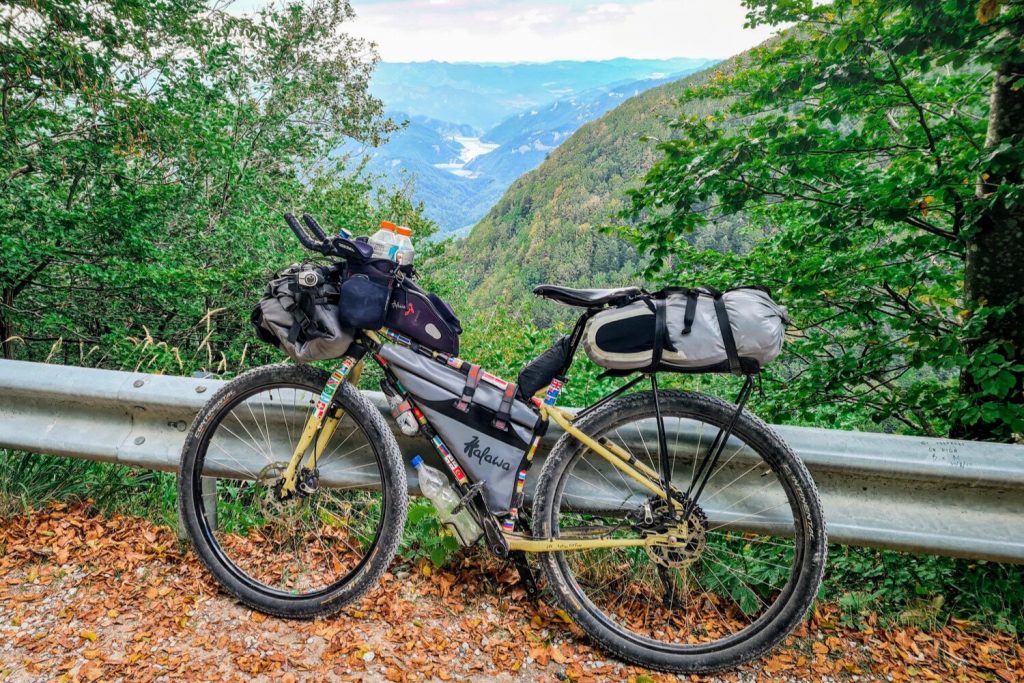
Tips
Investing in a good pair of bike bags is a great investment because they’ll allow you to store extra items when not in use and protect your belongings while on the road.
It’s important to make sure that any bike bag you purchase has features like waterproof fabric, durable mounting systems, and pockets for convenient storage options.
What to Avoid
- Avoid buying bags made from materials that aren’t waterproof because this will damage your belongings and attract dirt to the fabric.
- If you don’t want to invest in two different bike bags, then you should look for one that’s versatile and can be used on both the front and rear of your bike.
- You should also avoid buying bags that are too heavy because this will affect how quickly and easily you can travel, which isn’t ideal for cyclists who want to get where they’re going as fast as possible.
- When you find a bike bag that’s lightweight, easy to mount onto the rack of your bike, has convenient storage options, and is waterproof then you know that it’s the perfect choice for your next cycling trip.

Maintenance
If you want to prolong the lifespan of your bike bags, then you should make sure that they’re always clean and dry.
You can do this by covering them with a waterproof cover when not in use so dirt and moisture don’t get absorbed into the fabric.
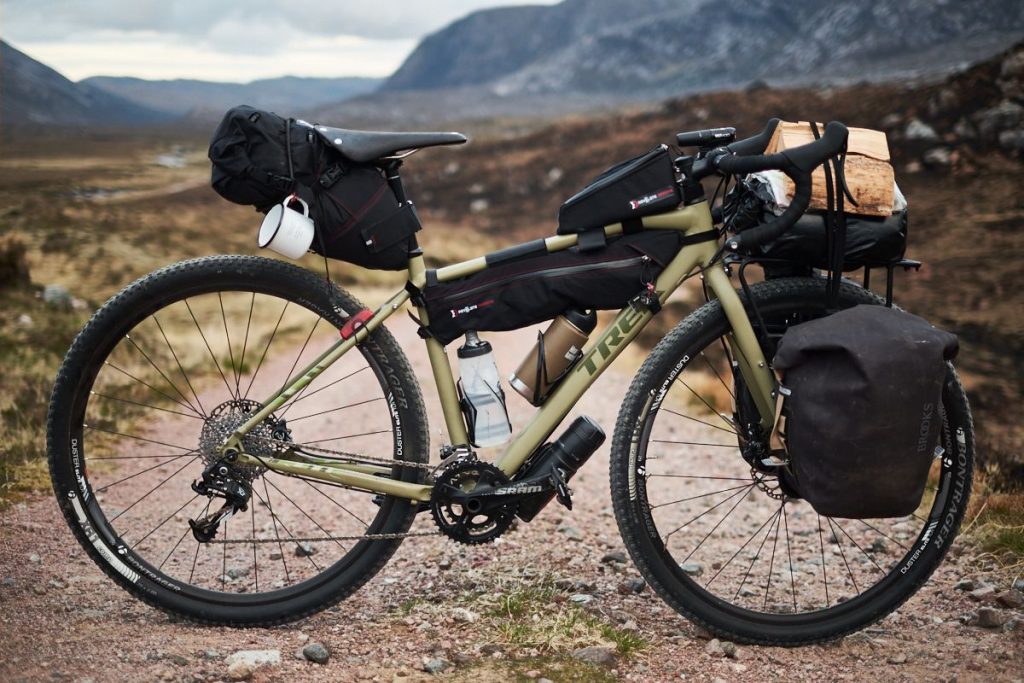
FAQ
Q. What is bike packing?
A. Bike packing is the act of taking lightweight gear on a bike adventure into remote areas, usually off-road or single track trails where you can experience nature without assistance from motorized vehicles
Q. What are the benefits of bikepacking?
A. There are many benefits to bikepacking including experiencing nature in its most untouched form and being able to travel long distances in a short amount of time.
Q. What tools do you need for bike packing?
A: You’ll want to have the right tools on hand before heading out into nature with your bike, including an appropriate repair kit and extra food and water just in case anything goes wrong along the way.
Q. How many liters do I need for my trip?
A: In order to figure out how much space you’ll need for your trip, measure the length and width of the items that will be packed into your bike bags. You can then use this information to estimate how many liters of storage space you may require.
Q. Are they waterproof?
A: Look for a bag with a coating that’s made from durable materials such as polyester or nylon if you want something waterproof because this will protect the contents inside even when exposed to rain or snow.
Q. How many bike bags do I need?
A: You’ll only ever need two depending on your preferences, one for the front and another attached to the rear of your bike rack so you can easily transport extra equipment when needed.
Q. What kind of mounting system do I need?
A: Look for bike bags with an easy-to-mount system so they won’t take too much time to attach before you can start riding.
Q. What’s the difference between front and rear bike bags?
A: The main difference is that a bag for your front rack will allow you to store smaller items so they’re easy to access, while the one attached at the back of your bike rack can be used to store larger items that you won’t need to access as often.
Q. How do I choose the perfect bike bag?
A: Look for a front or rear rack with features such as waterproof fabric, durable mounting systems, and pockets so you can store your belongings in an organized fashion while also keeping them safe from moisture and dirt when they’re not in use.
Q. What is the average cost of a bike bag?
A: The price of your new cycling gear will depend on several factors including what material it’s made from, how many pockets are included, and whether or not it has an easy-to-mount system so you can attach it to your bike within minutes.
Q. How do I choose which size fits my needs?
A: In order to determine how much storage space you’ll need, measure the length and width of your items to figure out how many liters will be needed.
Q. Are they easy to maintain?
A: Look for a bag with waterproof materials such as polyester or nylon if you want something durable that can resist dirt and moisture no matter what type of weather conditions it’s exposed to while you’re out on the trail.





